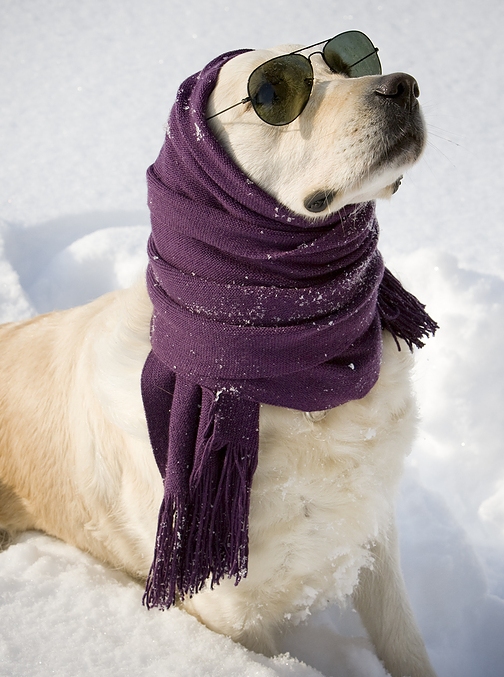Your shopping cart is empty!
MENU
The sun's ultraviolet rays are 2.5 times more dangerous in snow than on the beach, according to a new Japanese study. Scientists found that human eyes were more likely to be damaged by UV rays while skiing on the slopes in snow-covered areas compared to sitting on the beach.
The study examined the effects of light reflection on freshly fallen snow on a cross country ski trail in Ishikawa Prefecture, northern Japan.

The results were compared with the levels of UV rays on an artificial sand beach in southern Japan's tropical Okinawa Prefecture.
Scientists used two mannequin heads facing different directions and fitted with UV sensors embedded in their eyes to measure the precise impact of the sun's rays from dawn to sunset on both locations.
The study - conducted by academics from Kanazawa Medical University and pharmaceutical company Johnson & Johnson – found that on the beach, eyes are exposed to a daily 260 kilojoules of UV per square metre compared to 658 kilojoules in snow-covered areas.
Hiroshi Sasaki, the ophthalmology professor behind the study, highlighted the importance of using goggles rather than sunglasses to protect the eyes in snow-covered areas.
With exposure to high levels of UV more harmful to eyes than skin, he warned that in snow-covered areas, the rays can cause conditions such as snow blindness, which can lead to inflammation, cataracts and clouded lenses.
The findings were supported by the Japan Meteorological Agency which found that the reflection ratio of UV light on beaches was often between 10 to 25 per cent, compared to 80 per cent in new snow areas.
The amount of light increased four percent with a 300-metre rise in altitude, according to the agency.